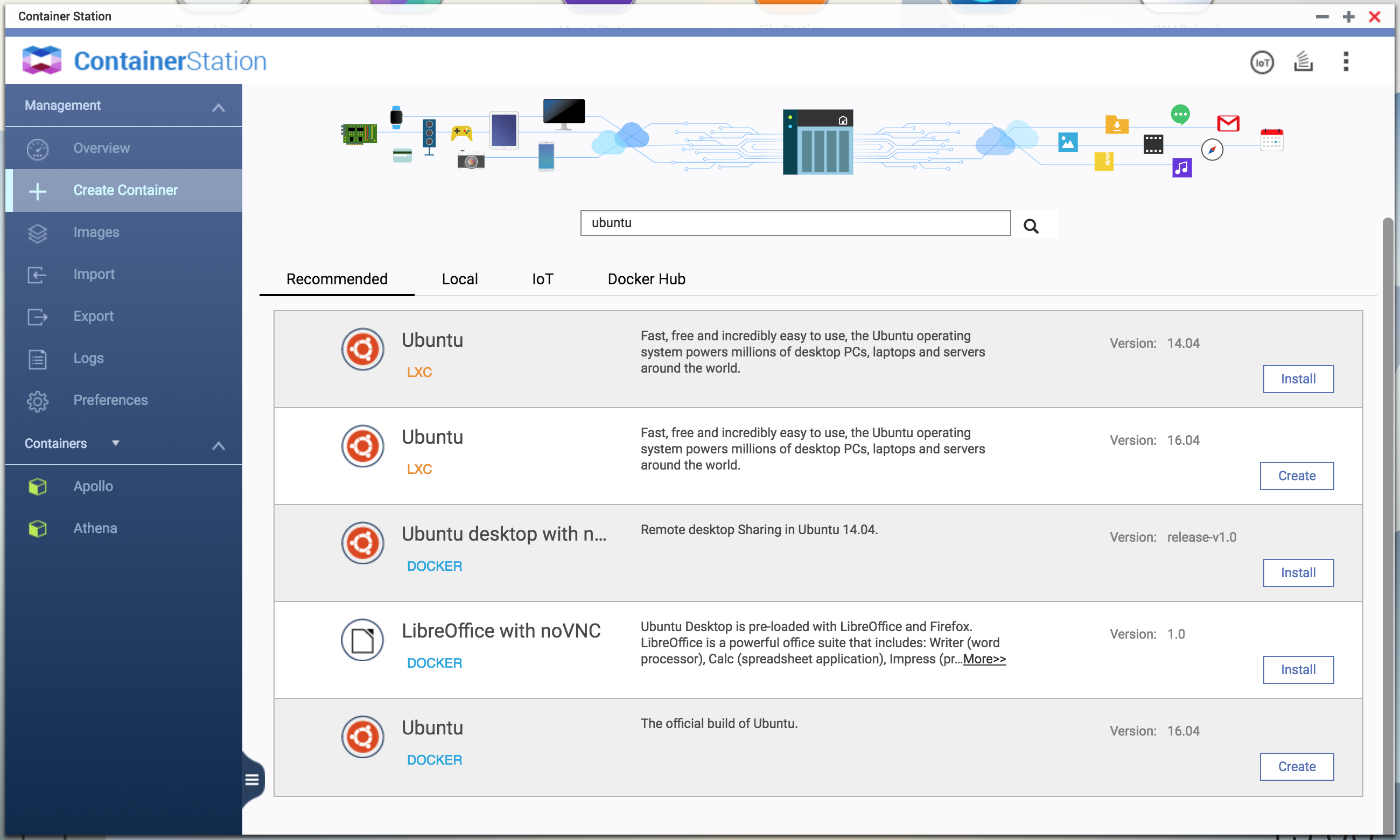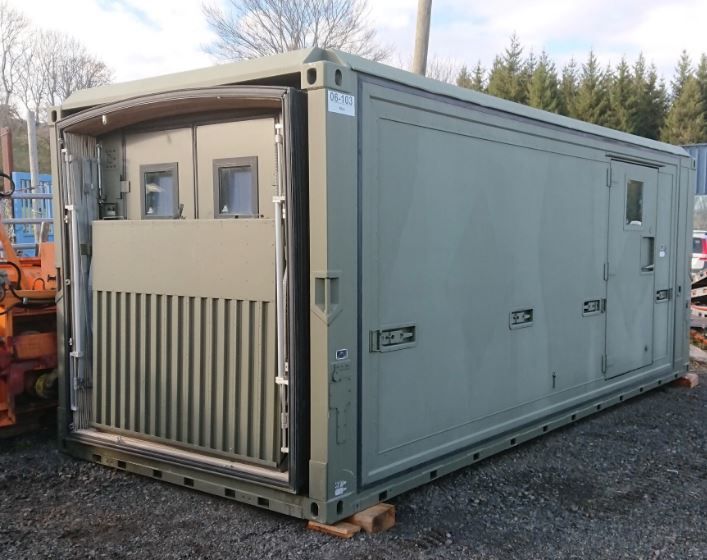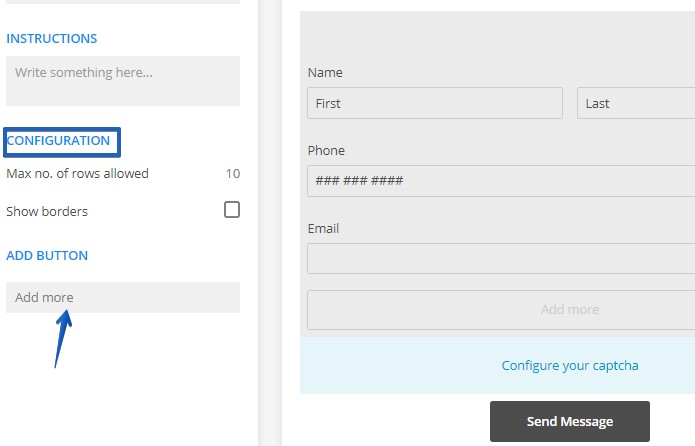


Base layer is where the files of your filesystem are located.eBook: Kubernetes patterns for designing cloud-native appsĬommon terminology consists of these layer definitions:.Kubernetes Operators: Automating the container orchestration platform.An introduction to container terminology.The final overlayed or unified layer is called merged. The lowest directory or an Image layer is called lowerdir, and the upper directory is called upperdir.

Each layer adds only the difference (the diff, in computing terminology) from the layer below it, and this unification process is referred to as a union mount. Overlay File SystemĪn overlay sits on top of an existing filesystem, combines an upper and lower directory tree, and presents them as a single directory. This strategy optimizes both image disk space usage and the performance of container start times and works in conjunction with UnionFS. Now you know why it's called copy-on-write. Before any write operation is performed in a running container, a copy of the file to be modified is placed on the writeable layer of the container. All other processes would continue to use the original data. Instead of copying files, the copy-on-write strategy shares the same instance of data to multiple processes and copies only when a process needs to modify or write data. Wouldn't this take up a lot of disk space and also take a lot of time for the containers to boot? No-because every container does not need its own copy of the filesystem!Ĭontainers and images use a copy-on-write mechanism to achieve this. That means every container you run in the system needs its own copy of the file system. When you start a container, it appears as if the container has an entire file system of its own. This writable layer is where you create/modify/delete or make other changes required for each container.

These image layers are always read-only, but when we create a new container from this image, we add a thin writable layer on top of it. Imagine the disk space we just saved since we are using the same base layer for all our containers. The idea here is that if you have multiple images with some identical data, instead of having this data copied over again, it's shared by using something called a layer.Įach layer is a file system that can be shared across multiple containers, e.g., The httpd base layer is the official Apache image and can be used across any number of containers. The result is a unified file system, even though the data is actually structured in branches. The Union File System (UnionFS) is built into the Linux kernel, and it allows contents from one file system to be merged with the contents of another, while keeping the "physical" content separate. You need to know a few things about container images, and it's important to understand the concepts in this order: Each layer only adds the difference from the layer below it, and then, all these layers are stacked together to form a read-only container image. & chmod -R g = u /var/log/httpd /var/run/httpd /run/php-fpmĮach instruction in this file adds a layer to the container image. & chgrp -R 0 /var/log/httpd /var/run/httpd /run/php-fpm \ & sed -i 's/listen.acl_users = apache,nginx/listen.acl_users =/' /etc/php-fpm.d/www.conf \ RUN sed -i 's/Listen 80/Listen 8080/' /etc/httpd/conf/nf \ & yum -disableplugin = subscription-manager clean all
#Create container field in openoffice base install
& yum -disableplugin = subscription-manager -y install httpd php \ RUN yum -disableplugin = subscription-manager -y module enable php:7.3 \


 0 kommentar(er)
0 kommentar(er)
